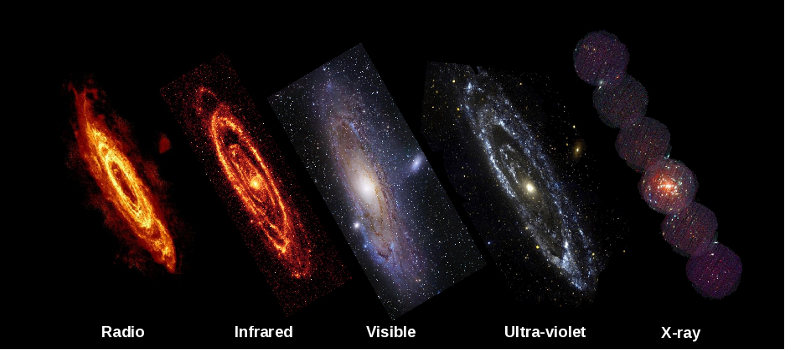Section 5.5.2: How does Rosetta work?
6.5.2: Rosetta
Rosetta is a space probe designed to rendezvous with a comet. It was launched in 2004, and spent 10 years chasing down its target, ready for its encounter with Comet 67P/Churyumov-Gerasimenko at the end of 2014. It is named after the famous Rosetta stone because it is hoped that Rosetta will prove the key to unlocking the origin of the solar system, by its analysis of the primordial material that is preserved on a comet’s surface.
ACTIVITY: Watch the following video for a full introduction on the Rosetta Space Probe.
Rosetta - the story so farVideo player: 541_Rosetta_The_Story_So_Far_031213_4000.mp4(credit: ESA)
In January 2014, Rosetta awoke from its long hibernation in preparation for its ultimate encounter with the comet.
ACTIVITY: Watch the following video describing Rosetta's wake up.
Rosetta wake upVideo player: 338_Rosetta_Wake_Up_712p.mp4(credit: ESA)
What makes Rosetta unique is that it carries a lander, named Philae (after the place where the Rosetta Stone was discovered). In November 2014, Philae detached from the main spacecraft and touched-down on the surface of the comet. The planned landing was rather smooth, especially considering it was the first of its kind.
ACTIVITY: Watch a video of Philae's separation and landing on a comet.
Philae separation & landingVideo player: 370_Rosetta_Philae_compilation_separation_landing_712p.mp4(credit: ESA)
However, the actual landing was a rather more bumpy affair - the lander failed to anchor itself to the surface and bounced a couple of times before finally ending up tilted at an angle, in the shadow of a cliff. Nonetheless, it was able to carry out most of its planned science, before the battery power ran out. It is hoped that the lander may revive in 2015 when the comet gets closer to the Sun and more light falls on the shadowed solar panels to recharge the on-board batteries. Meanwhile the Rosetta orbiter continued to study the comet from a safe distance, gathering more data as the comet closed in on the Sun.
ACTIVITY: Watch some of the excitement of the Philae landing, captured in the following video.

